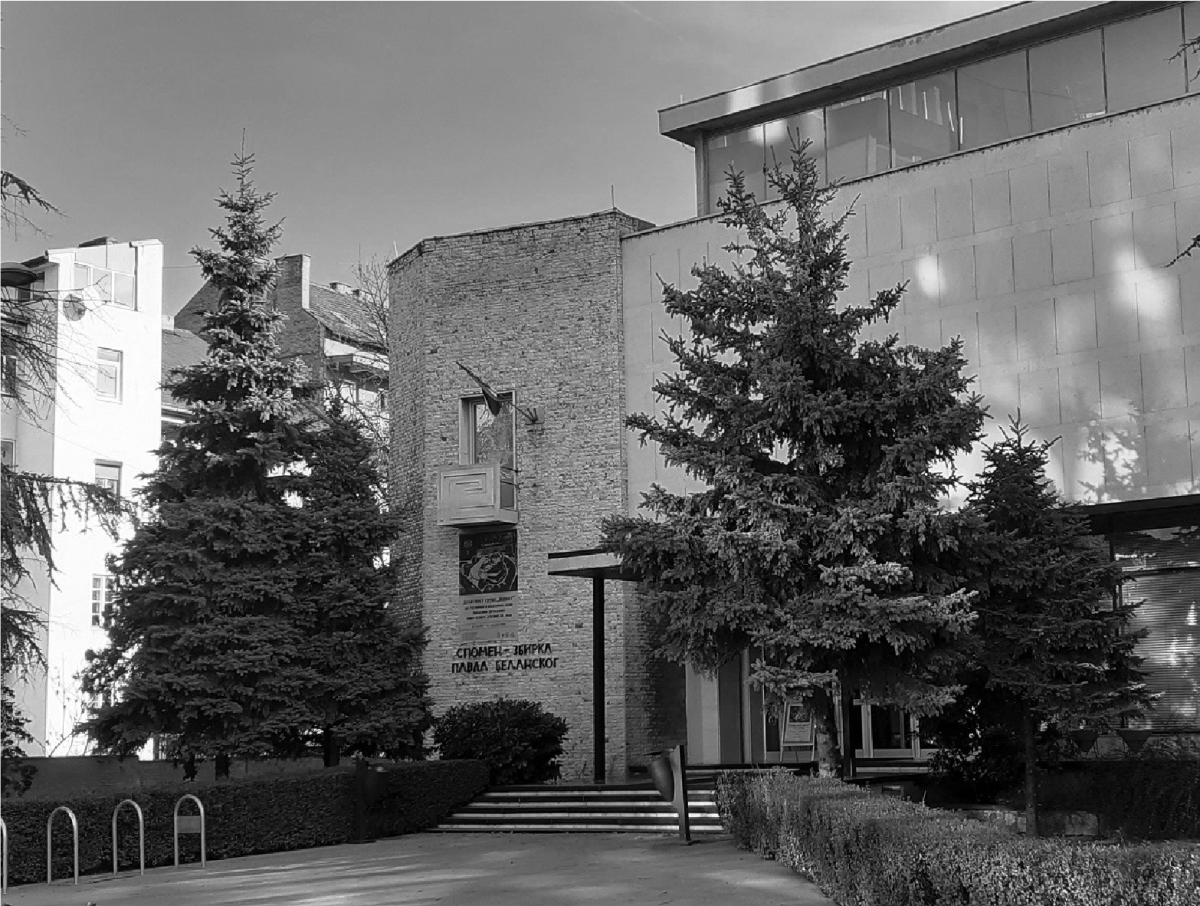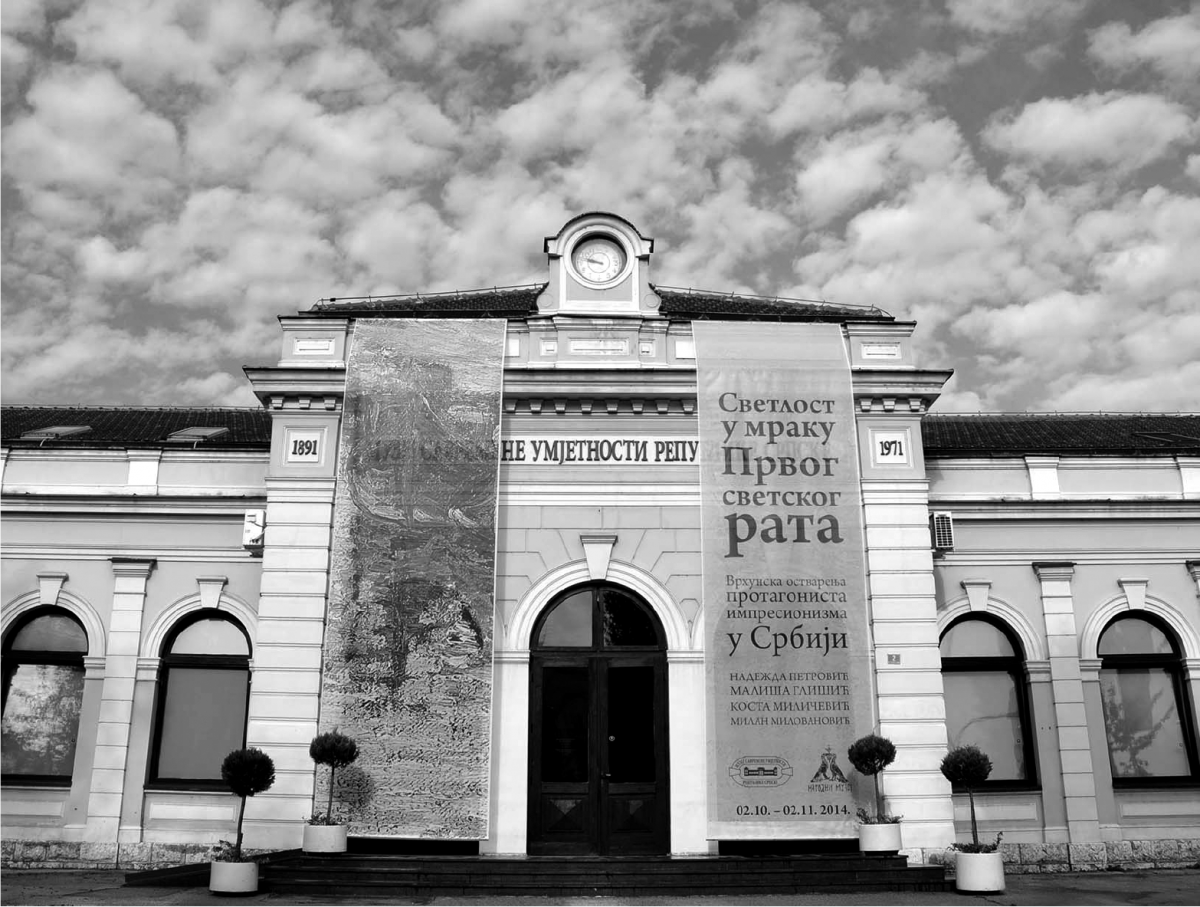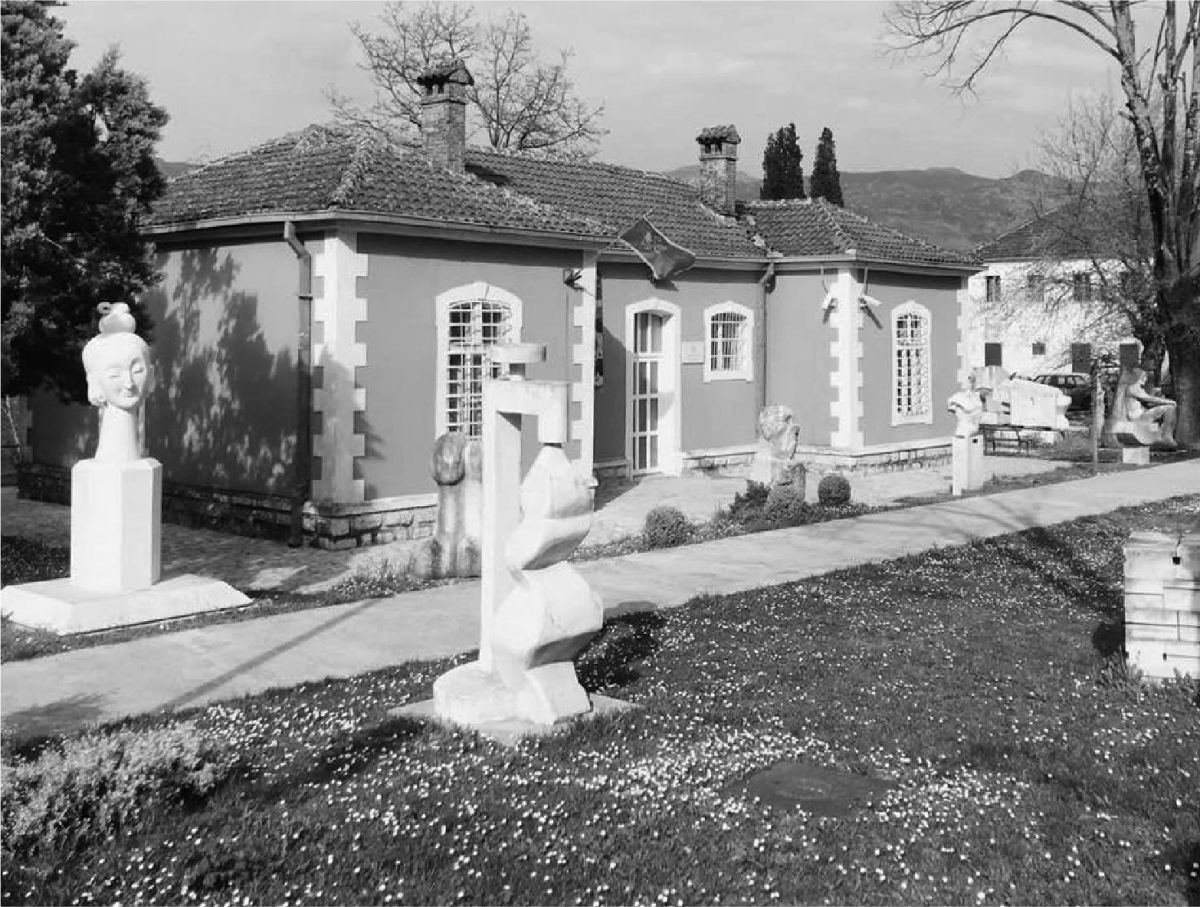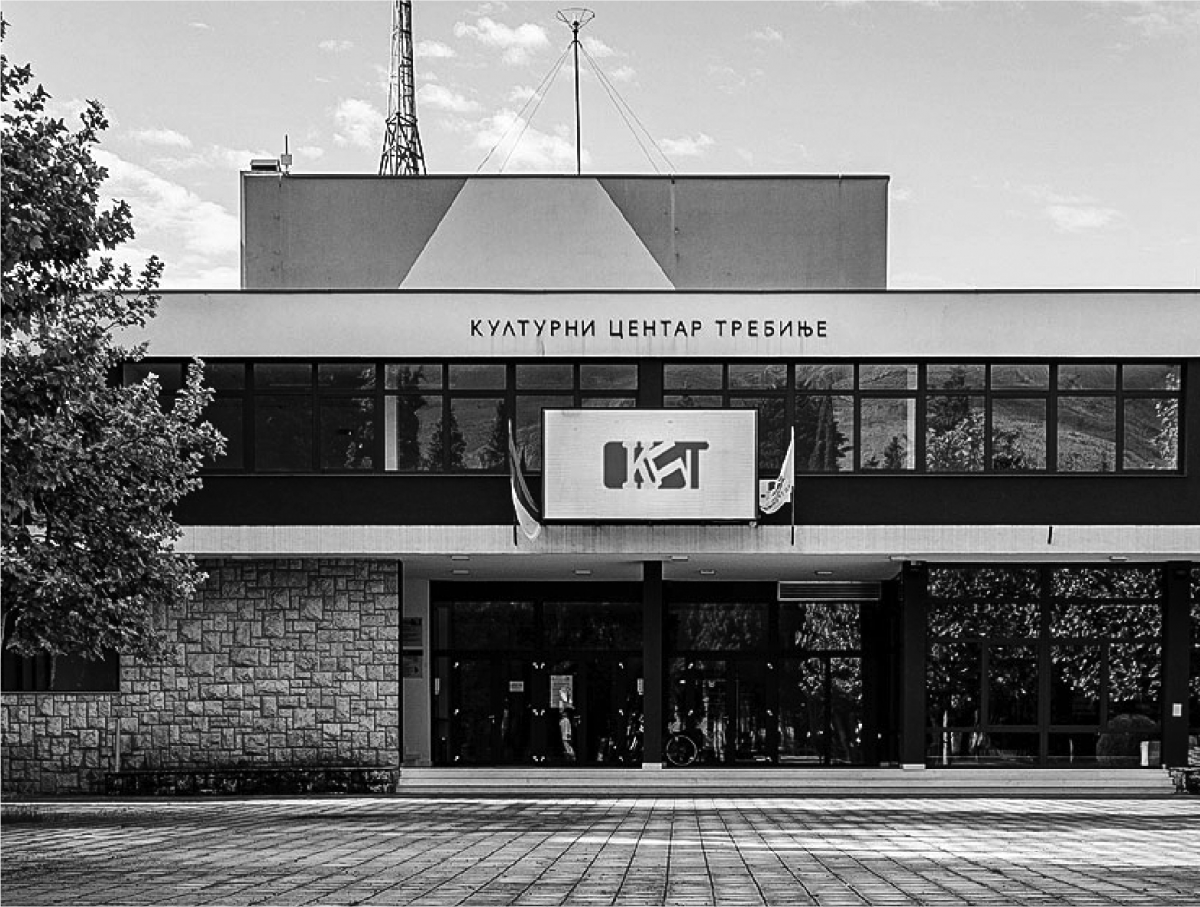The Pavle Beljanski Memorial Collection

Housed in a small museum in the heart of Novi Sad, Serbia, is an abundant collection of the works of some of the most prominent Yugoslav artists of the 20th century. The Pavle Beljanski Memorial Collection displays the works of Nadežda Petrović, Sava Šumanović, Milan Konjović, Marko Čelebonović, Petar Dobrović, Petar Lubarda, Zora Petrović and more. The history of the Memorial Collection relates to the passionate art collector Pavle Beljanski, a Yugoslav diplomat who was deployed in Stockholm, Berlin, Warsaw, Vienna, Paris, and Rome in the interwar period. He started collecting after World War I, initially collecting the works of international artists, but later dedicating himself to forming a collection of artwork created by Yugoslav artists. The artwork in his collection were part of some of the most important Yugoslav exhibitions. Beljanski donated his collection to the City of Novi Sad in 1957, and in order to exhibit it, a dedicated exhibition space was erected in 1961, and the cultural institution Pavle Beljanski Memorial Collection was formed.
The Pavle Beljanski Memorial Collection houses 187 artworks, 90% of which being paintings, from between the two World Wars. As part of its permanent exhibition, 144 works within the Beljanski Collection are displayed, as well as a Memorial – a reconstruction of the donor’s living environment, the Artist’s Memorial – which includes portraits and documentary material of the artists whose works are featured in the collection, and Museum for All – a programme developed for people with disabilities. The Memorial Collection also houses a library of professional literature in the field of art history and theory, exhibition catalogues, and magazines. In addition to the permanent exhibition, the institution organises a large number of author’s exhibitions with accompanying programmes, including the “Memorial Collection of Pavle Beljanski and its architect Ivo Kurtovic” and “Pest students”. The Memorial Collection offers educational programmes for children and youth and for emerging artists and professionals in the realm of culture, an award is granted for the best master thesis. The Memorial Collection participates in various events, most notably the “Museums for Ten” as part of European Museum Night and the “Summer on Gallery Square”, a joint project with the Gallery of Matica Srpska and the Rajko Mamuzić Gift Collection.
The building of the Memorial Collection was built as the first dedicated museum space on the territory of Serbia. It was designed by architect Ivo Kurtović, an esteemed Yugoslav architect, in 1961, following a competition for the building’s design. The two story building houses a permanent exhibition on its ground floor, and an extended exhibition space on the upper floor, an imitation of Pavle Beljanski’s living environment. The memorial collection is located next to the Gallery of Matica Srpska and the Gift Collection of Rajko Mamuzić, the three buildings forming the Gallery Square in the very centre of Novi Sad. Surrounded by greenery, the building was envisioned to be connected to nature.
Beljanski’s collection is unique – on a global scale – also in the fact that almost a quarter of the total number of the artwork from the collection include the works of women artists. In addition to the artworks, the legacy keeps diplomatic correspondence, books, gifts and other artefacts that contribute to the understanding of significant cultural and diplomatic activities of Yugoslavia. Through its work, the Memorial Collection encourages audience development, education and research in the field of art and social sciences, as well as contemporary art. The promotion of knowledge and excellence, cosmopolitan spirit, social dialogue and diplomatic ties are at the heart of the activities of the Memorial Collection.



